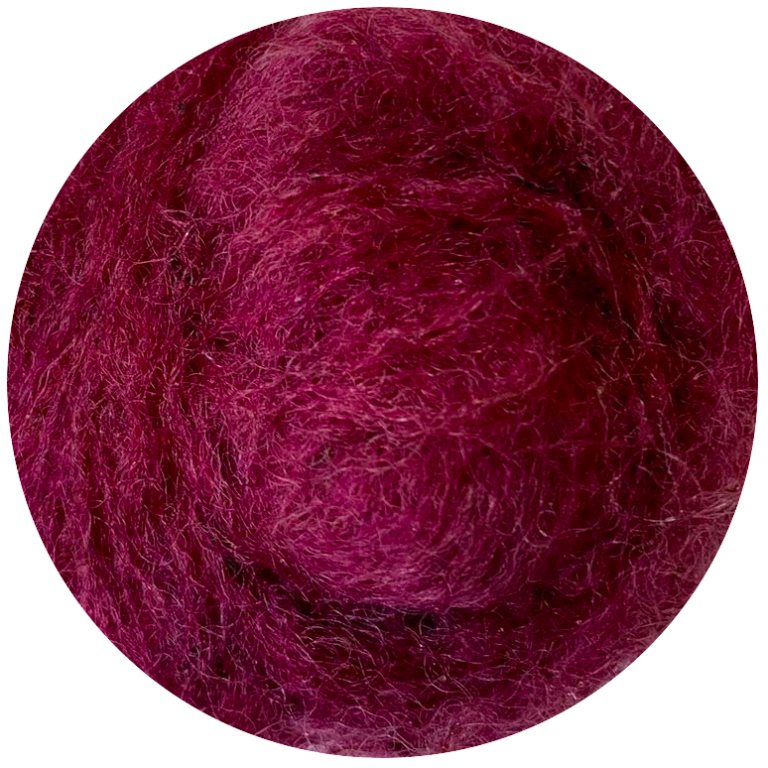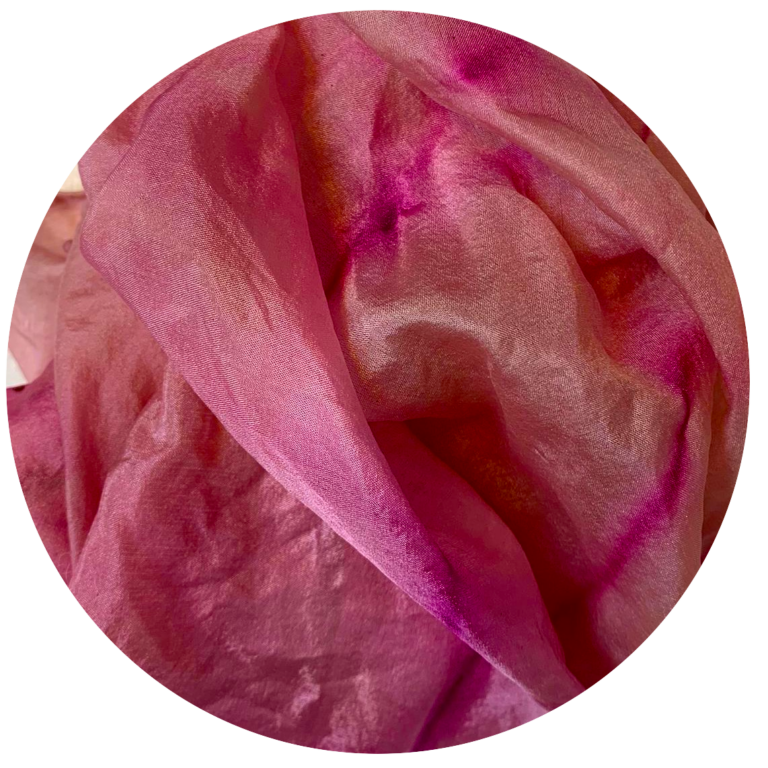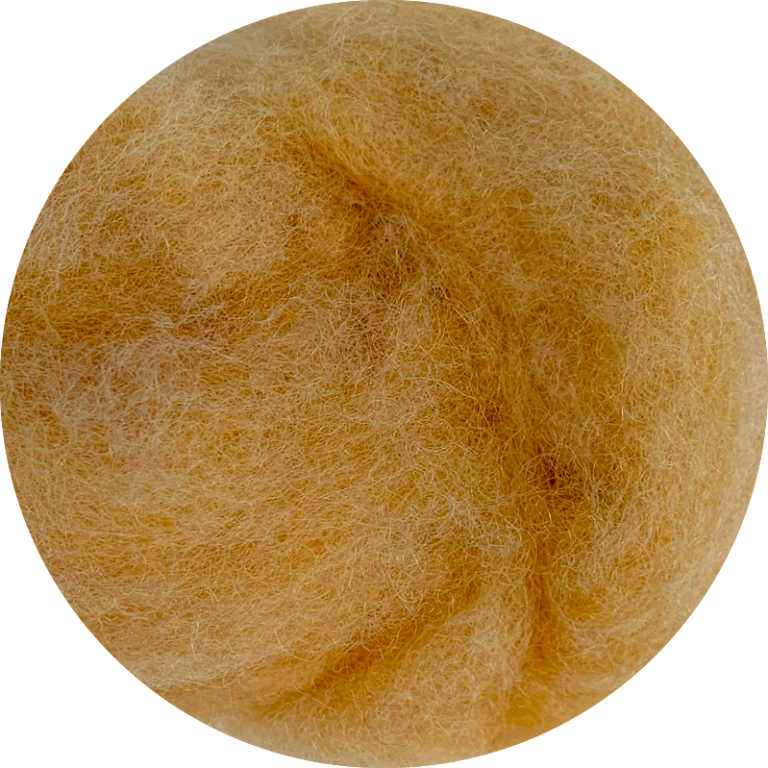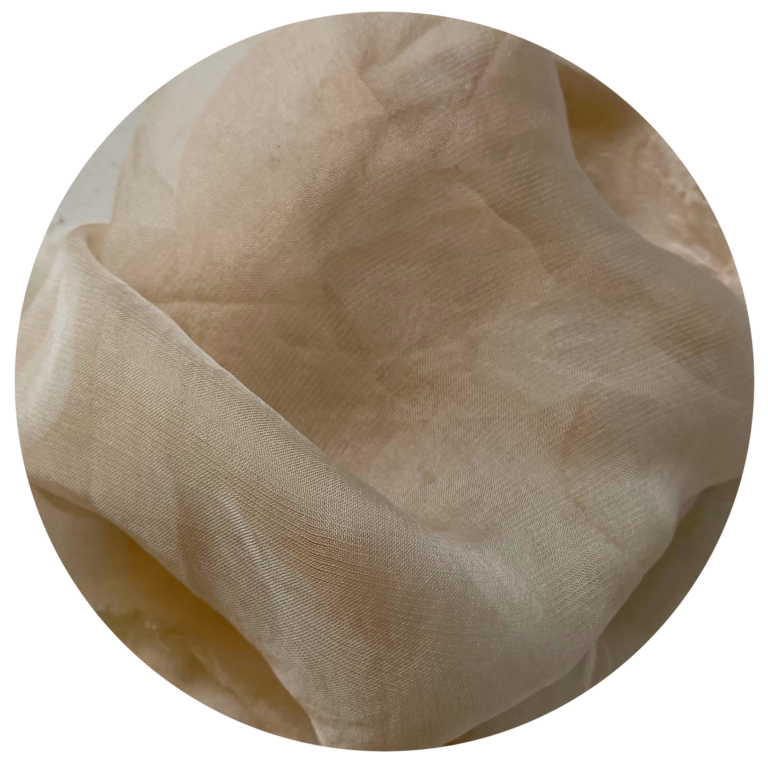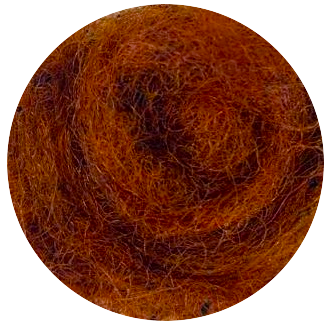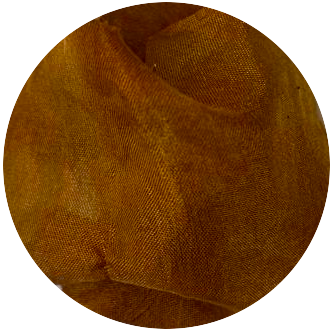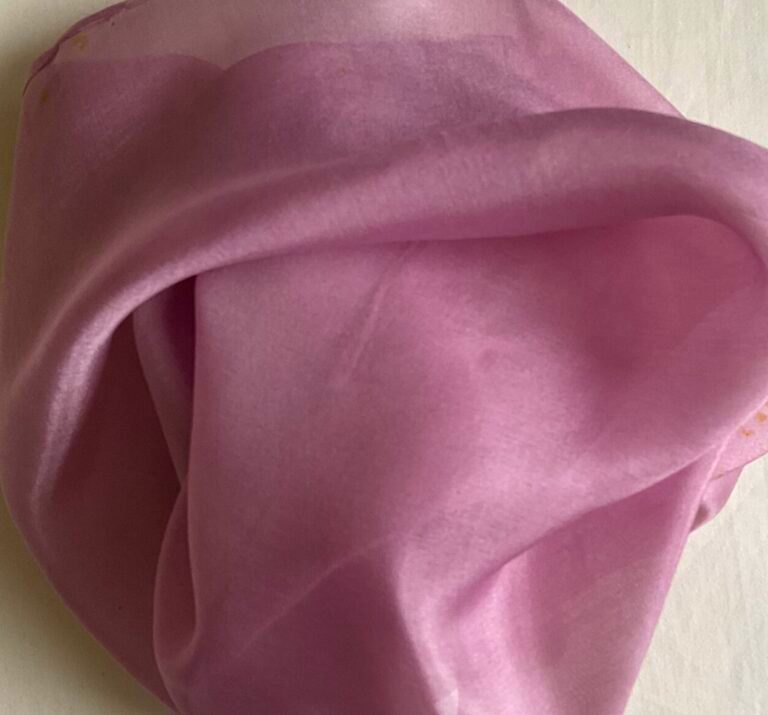dye material: berries
purple / pink / orange
Pokeberry, also known as pokeweed or phytolacca, is a perennial plant native to temperate eastern Asian regions. This stunning, colorful plant has been widely introduced to Europe and now frequently grows in the Dutch landscape and urban regions. The plant is quite an eye-catcher with its long, pink stem and dark purple berries, growing up to 1,5 meters tall. When the berries begin to emerge they are small and green and as they grow bigger, they turn into a deep purple.
Its significance in the universe of colors already lies within the name of this plant. Sometimes also referred to as inkberry (although other plants also carry this nickname), the generic name phytolacca derives from the Greek work ‘phyto’, meaning ‘plant’, and the Latin word ‘lacca’ which is associated to the production of resin to produce natural dyes.
Despite its inviting looks, pokeberry should be handled with some caution as it is a poisonous plant to humans. However, birds love eating the berries and when they do, they scatter pokeberry seeds all over. Since each berry contains ten seeds, the plant spreads wildly and can frequently be found beneath spots where birds like to sit. The colorful roots and fruits of the pokeberry happily grow in Dutch soil and the plant has been listed as an invasive species in the Netherlands.
Historically, pokeberry has had many different purposes. Besides being used for medicine and food, this plant has mainly been used for drawing and writing ink. Depending on the type and region, the red berries have been used as dye material and in the past, the fruits were used to reinforce the red color of wine and for traditional textile dyeing.
!Warning! While these berries are attractive, they are toxic to humans and should not be ingested.
Also wear gloves to protect your hands from the toxic substances while handling them.
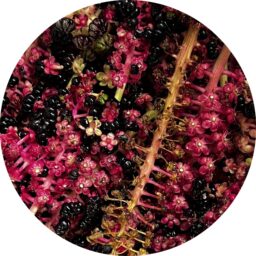
planting period
in spring after the last frost date.
harvest period
late summer – early fall
soil
pH 6-7
can tolerate a range of soil conditions, yet prefers well drained soil with good fertility
sun
full sun to partial shade
(ideally 4-6 hours of direct sunlight per day)
water
regular watering is important after the seedlings are established. Especially during dry periods. Once mature, phytolacca acinosa is generally drought-tolerant.
planting
0.6-1.2cm deep
60-90cm apart
germination
Scatter the seeds evenly over the soil surface and lightly press them into the soil. It´s important to keep the seeds moist during the germination process. Under suitable conditions; Phytolacca acinosa seeds typically germinate within a couple of weeks.Make sure to maintain consistent moisture in the soil until the seedlings are established.
propagation: You can also grow a phytolacca acinosa through root cuttings, during late winter or early spring. Herefore take root cuttings from already established plants and place them in pots among well-draining soil. Keep the soil moist and warm until new growth appears. Replant them outside eventually.
maintenance
phytolacca acinosa is relatively low-maintenance plant. Remove any weeds that may compete with the plants for nutrients and water.
Winter care: The plant might die back in winter, yet often regrows from its roots in the following spring. Mulching around the base of the plant helps protecting the roots during winter.
berry harvest
Harvest pokeberries when they are fully ripe aka dark purple to black and soft to the touch. Use scissors or pruning shears to carefully cut the berry clusters from the plant. Leave a short stem attached to the cluster to make handling easier. Place the harvested berry clusters in a container or basket. If you don’t have any use for the rest of the plant, dispose of it carefully. Do not compost it, as the toxins can persist.
It’s important to note that pokeberry dye baths should be acidic to get the shades shown below, you can do this by adding vinegar. Make sure that the dye bath does not boil if you want to achieve pink/purple shades.
